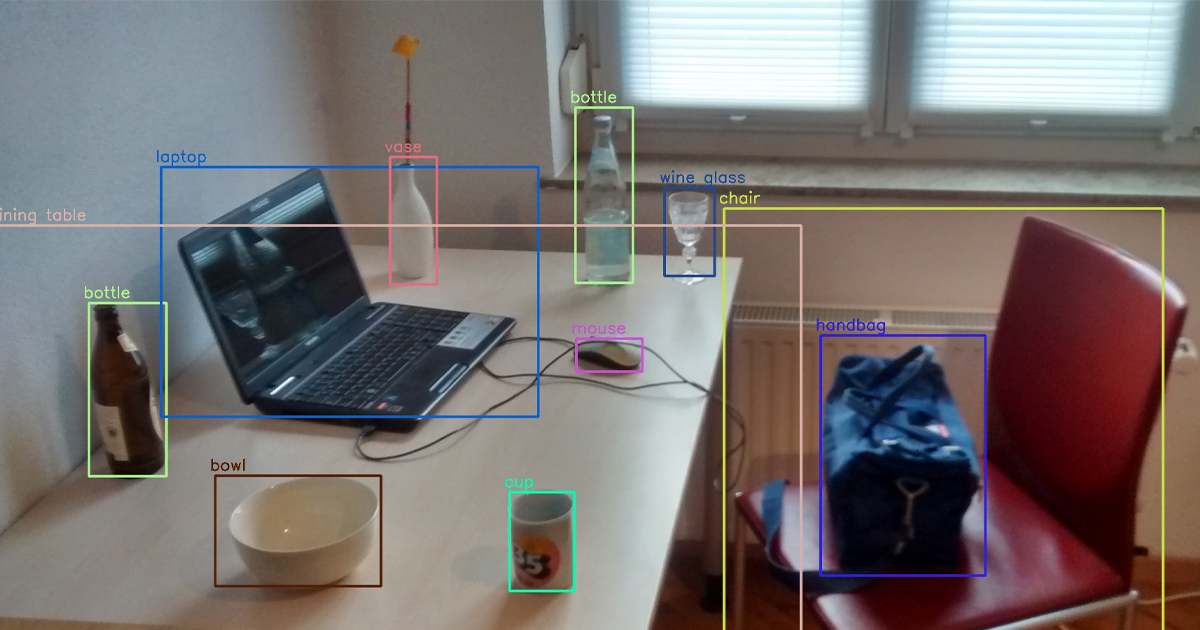Object tracking is a fundamental task in computer vision that plays a crucial role in various applications, including video analysis, surveillance systems, autonomous vehicles, robotics, and augmented reality. It involves the process of following and predicting the movement of objects in a video sequence over time. Object tracking algorithms aim to detect and track objects of interest, maintaining their identities and estimating their future positions accurately. Over the years, significant advancements have been made in the field of object tracking, leveraging various techniques such as Kalman filters, particle filters, correlation-based tracking, and deep learning-based approaches like Siamese networks and online tracking.
Kalman Filters
Kalman filters are widely used in object tracking due to their effectiveness in estimating the state of dynamic systems. This probabilistic filtering technique allows for the prediction and estimation of the object’s position and velocity by fusing information from both measurements and previous states. Kalman filters operate under the assumption that the underlying system follows a linear dynamic model with Gaussian noise. While they are computationally efficient, they may struggle when dealing with non-linear or complex object motions.
Particle Filters
Particle filters, also known as Monte Carlo filters, are another popular choice for object tracking. These filters employ a set of particles, each representing a hypothesis of the object’s state, and iteratively update the particles based on measurements and motion models. Particle filters can handle non-linear and non-Gaussian distributions, making them suitable for complex tracking scenarios. However, the computational complexity increases as the number of particles grows, which can limit their real-time applicability.
Correlation-Based Tracking
Correlation-based tracking algorithms aim to find the best match between the object template and candidate regions in subsequent frames. They typically utilize correlation metrics, such as sum of squared differences (SSD) or normalized cross-correlation (NCC), to measure the similarity between the object template and the search region. While correlation-based trackers are fast and efficient, they may suffer from issues such as occlusion, scale changes, and appearance variations.
Deep Learning-Based Approaches
Deep learning has revolutionized the field of computer vision, including object tracking. Convolutional neural networks (CNNs) have been extensively applied to learn discriminative features for object representation, enabling robust tracking in challenging scenarios. Siamese networks, for instance, learn a similarity metric to compare the target object with candidates, allowing for efficient tracking. Online tracking methods, utilizing recurrent neural networks (RNNs) or attention mechanisms, have also gained attention due to their ability to handle temporal dependencies and online adaptation. Deep learning-based approaches offer impressive results but often require substantial amounts of labeled training data and computational resources.
Summary
Object tracking plays a pivotal role in numerous applications, contributing to enhanced video analysis, surveillance systems, autonomous vehicles, robotics, and augmented reality. Through the years, a plethora of object tracking techniques has been developed, each with its advantages and limitations. Traditional methods like Kalman filters and particle filters offer robustness to noise and handle non-linear dynamics. Correlation-based tracking algorithms provide real-time performance but may struggle with appearance changes. Deep learning-based approaches, such as Siamese networks and online tracking, offer impressive accuracy but often require extensive training and computational resources.
The future of object tracking lies in the fusion of multiple techniques, leveraging the strengths of each approach. Hybrid tracking algorithms that combine deep learning with traditional filtering methods have shown promising results. Additionally, ongoing research focuses on addressing challenges like occlusion, scale changes, and object re-identification. The advancement of hardware, including GPUs and specialized processing units, further facilitates the real-time implementation of complex tracking algorithms.
As technology continues to evolve, object tracking will continue to play a crucial role in shaping the future of computer vision.
It holds great potential for improving the accuracy and efficiency of various applications, ultimately enhancing our understanding of the visual world and enabling intelligent systems to interact seamlessly with their environment.
